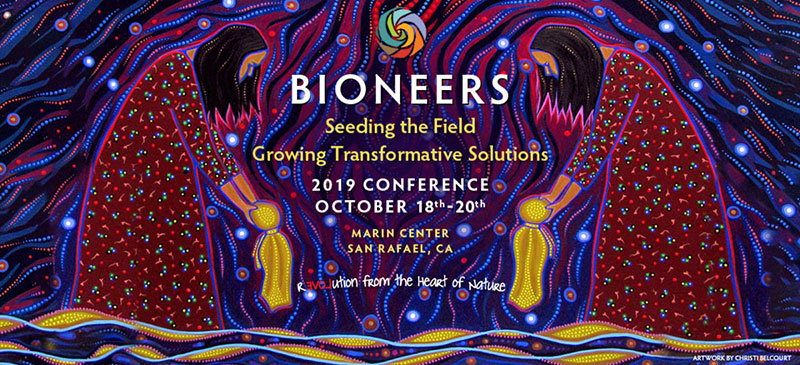Biohabitats Projects, Places, and People
By Amy Nelson
Projects
Urban Ecology Network Planning in Two Major U.S. Cities: A Promising Update
When we last wrote about our work with the City of Atlanta to craft an ecology-based framework to help protect and enhance the City’s unique natural resources and provide equitable access to green space in the face of rapid growth and development, we had just embarked on this pioneering adventure in urban planning. We’re delighted to provide an update. After working with the city and our project team to conduct a series of public engagement sessions to determine the community’s vision for the role of nature in Atlanta, we conducted a comprehensive analysis of its natural resources and the ecosystem services they provide. This included an examination of social and environmental justice issues. From that process, key themes emerged which now form the scaffolding of Atlanta’s Urban Ecology Framework. They include: protection of the City’s tree canopy; conservation and enhancement of other special places where water and wildlife are present; and improved and equitable access to those spaces. Though it is just being wrapped up this summer, the Urban Ecology Framework has already sparked and informed an effort by the City to rewrite its tree protection ordinance.
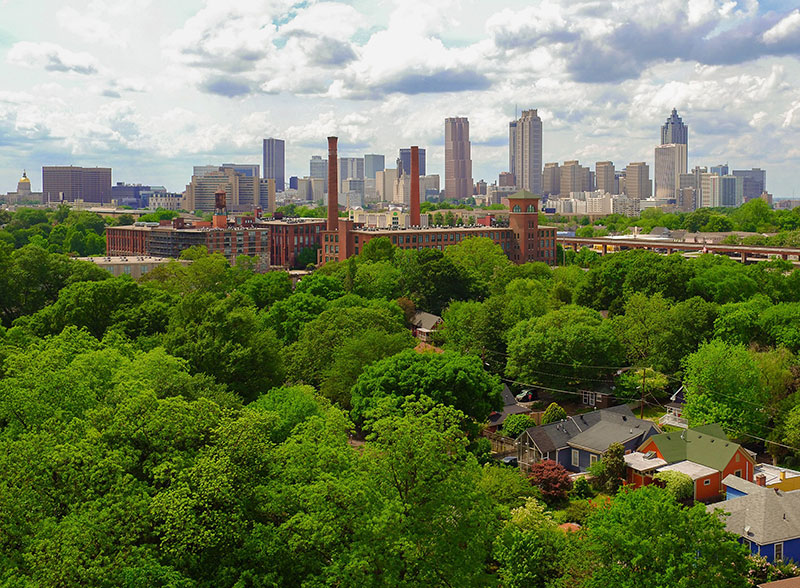
Although Baltimore, home to our headquarter office in Chesapeake/Delaware Bays Bioregion, boasts an extensive waterfront, numerous parks, three major stream corridors, four nature centers, and 2.6 million trees, many of these resources lack connectivity–to each other and to many residents. Many neighborhoods are also blighted by abandoned properties, vacant lots, and economic and access disparities. Baltimore’s forward-thinking Department of Planning and Office of Sustainability recognized an opportunity to link these issues and strengthen communities by creating an interconnected network of green spaces throughout the City, and we were honored to help them, leading an interdisciplinary team of local landscape architects, transportation planners, urban designers, and economic development experts . We began by analyzing the city’s ecology, vacant sites, and legacy issues such as environmental justice and disinvestment. Through numerous listening sessions and public meetings, we learned about different communities’ needs, desires, and ideas for the existing and potential green spaces in their neighborhoods. This ultimately led to the creation of the Baltimore Green Network Plan, a strategy to link, expand, maximize the ecological function of, and promote healthy, safe, and equitable access to open space throughout Baltimore. Beyond presenting a vision, the Green Network Plan included conceptual plans for four pilot projects created based on community needs and desires. Demonstrating a commitment to invest in those communities, the City began engaging citizens in the planning of the pilot projects before the Green Network Plan was even finalized. Created and fully supported over the course of two City administrations, the Baltimore Green Network Plan was completed and adopted by the City Council in the fall of 2018. Since its adoption, things are happening. The City hired additional staff to begin implementing the Green Network Plan and identified 49 additional planned projects to link to it. Just two weeks ago, the City announced the launch of the “Lots to Love” initiative, which will transform 47 vacant lots in four underserved neighborhoods into safe green spaces for recreation. It is encouraging to see these direct outcomes of the Baltimore Green Network Plan, and we look forward to seeing more.
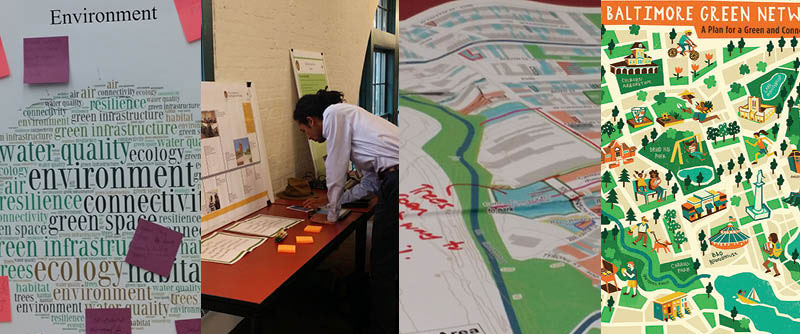
Green Infrastructure Does Double Duty in the City of New Haven
In an attempt to reclaim the Mill River, a body of water long associated with industry, as a central corridor and natural and recreational resource for the city through which if flows, the City of New Haven, Connecticut created the Mill River Trail Framework Plan in 2017. The plan lays the groundwork for a riverside trail that links over 300 acres of green space and reconnects citizens to each other and to nature. Around the same time, Connecticut Fund for the Environment/Save the Sound (CFE/STS) produced the Mill River Watershed Based Plan to address water quality in the river. Among other strategies, the plan called for the use of green infrastructure to manage stormwater and prevent Combined Sewer Overflow and urban runoff discharges to the Mill River. Recognizing the opportunity to advance both plans though a single project, CFE/STS turned to Biohabitats to transform a frequently flooded area of unused roadway near a section of the Mill River Trail into a green infrastructure corridor. After honing a concept presented in the original Mill River Watershed Based Plan, we began design for a recreational “parklet” featuring bioretention gardens, public gathering areas, native plantings, and a multi-purpose path linking to the Mill River Trail. Once constructed, it will optimize stormwater management while adding beauty, connectivity, biodiversity, and ecological function of the Mill River Trail and the surrounding community.
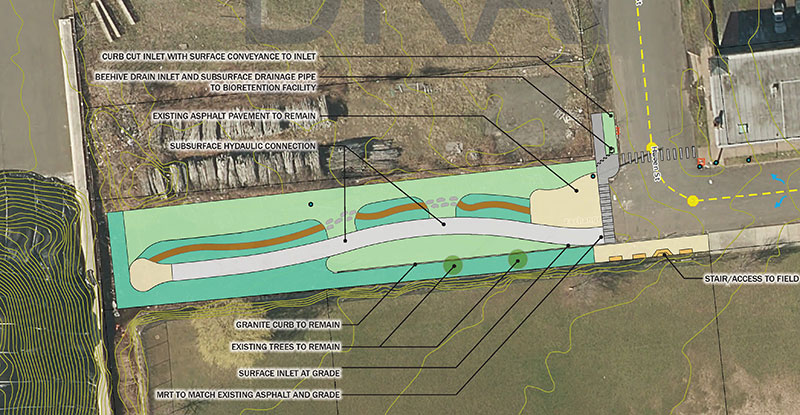
Optimum Opus in the City of Corvallis
In Latin, the word “cor” translates to “heart” and the word “vallis” means “valley.” It is not surprising, then, that the City of Corvallis, Oregon is located in the heart of a valley. And oh, what a valley it is. Bordered by the Cascades and the Coastal Range, the 20-30-mile wide Willamette River Valley is not only home to Corvallis and other large cities like Eugene, and Salem; it contains a variety of ecosystems, including the Willamette River, its 12 major tributaries, and the numerous waterways that flow into them. To help protect the quality of water in the Willamette River system, the City of Corvallis Department of Public Works launched a “maintenance” initiative to improve local streams and city-owned stormwater detention ponds. Through an on-call contract with the City, Biohabitats is leading these maintenance efforts, which involve the removal of invasive species and foreign debris. Informed by a deep understanding of stormwater Best Management Practices, and using recyclable products wherever possible, we are happily rolling up our sleeves to provide all of the permits, labor, materials, tools, equipment and supplies to perform this maintenance work. So far, we have removed of more than 20 acres of invasive species, such as Himalayan Blackberry (Rubus armeniacus), English Ivy (Hedera helix), Reed Canary Grass (Phalaris arundinacea), Poison Hemlock (Conium maculatum) and over 12 tons of debris!
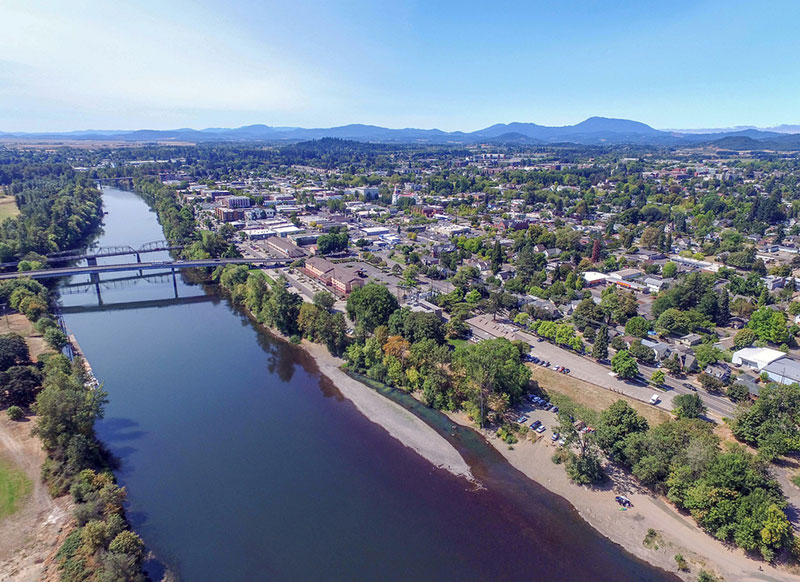
Metro Atlanta Gets Reacquainted With Its River
The Chattahoochee River winds through multiple counties as it skirts the Atlanta metropolitan area, providing ecological services, water supply, and recreational opportunities for communities. While the Chattahoochee River National Recreation Area draws millions of visitors annually, other reaches of the river are less well known and accessible. In an effort to establish a new vision for its future, the Atlanta Regional Commission, The Trust for Public Land, the City of Atlanta, and Cobb County commissioned a study of 100 miles of the river valley, extending from Lake Lanier to Chattahoochee Bend State Park. The study, which will examine culture, ecology, and infrastructure, will inform the creation of the Chattahoochee RiverLands, a greenway corridor that unites the river and the region, linking suburban, urban, and rural communities into a continuous 100-mile public realm that follows the river. As the ecological design and planning consultant on the team led by SCAPE Landscape Architecture, Biohabitats is studying the site’s ecology and advising on project vision and environmental regulatory compliance. The collaborative and inclusive planning process includes a variety of opportunities—including public forums on June 22 and 23—for citizens to play an active role in redefining the region’s relationship to the Chattahoochee!
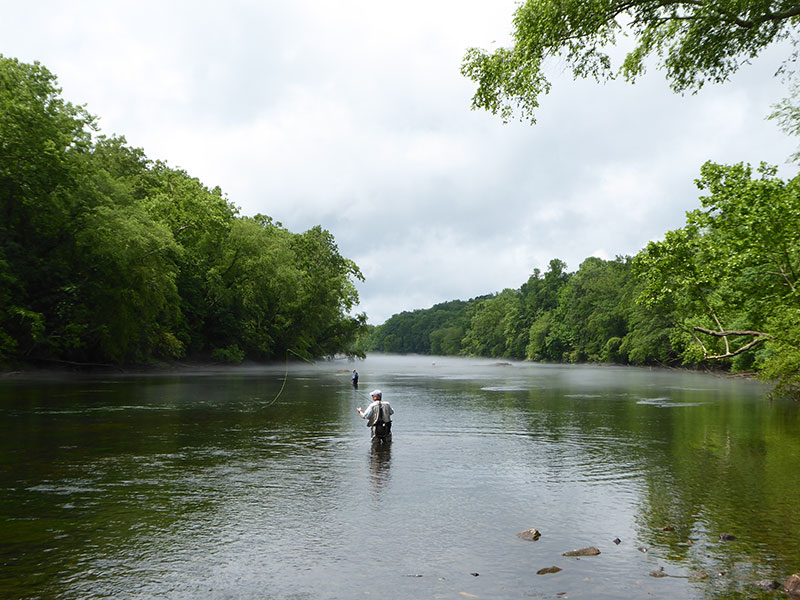
Greywater Systems growing in LA Area
Biohabitats recently commissioned five new greywater systems in Los Angeles and Ventura Counties serving affordable housing developments to recycle water from sinks, showers and laundry for landscape irrigation. Conserving water, reducing water bills and inspiring residents to learn more about water conservation are some of the goals driving the newest of 12 systems we’ve completed in the region.
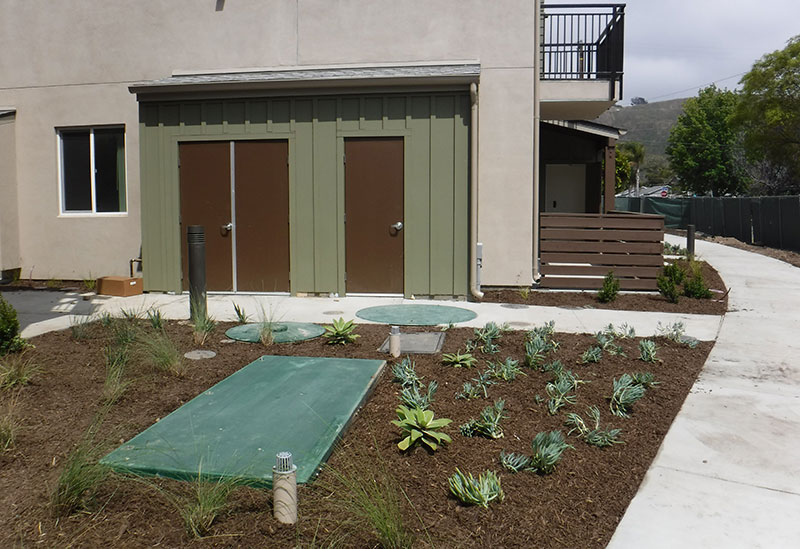
Projects include Baldwin Rose, a mixed use affordable veteran housing development in El Monte; Westview, Ventura’s oldest public housing project which has been revitalized; Metro at Western, a low income development with a focus on veteran housing in Los Angeles; and Rancho Verde a multi-family rental development housing low income farm workers in Ventura. These systems, combined, are capable of recycling approximately 8,000 gallons per day of water into a consistent sustainable supply for landscape irrigation. While making a positive impact on local water use and educating tenants and owners, most of these systems also allowed the developers to obtain sizable financial incentives from Los Angeles County or USDA grants.
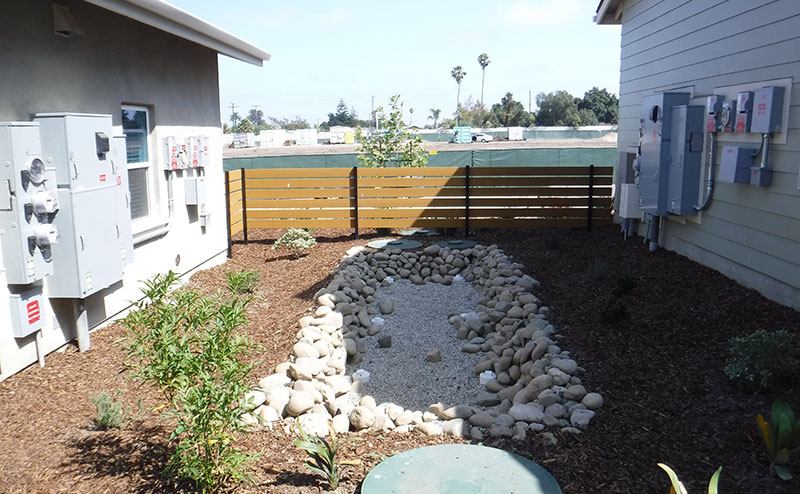
Pittsburgh’s Phipps Conservatory’s Garden Center On Track To Become a Living Building
In 2000, the Phipps Garden Center, formerly known as the Pittsburgh Civic Garden Center, became part of the world-renowned Phipps Conservatory and Botanical Gardens. Located in an historic carriage house of a former Mellon family estate, the Garden Center serves as a community hub for cultivating botanical knowledge, inspiring creative minds, and spreading the joy of gardening. Thanks to a current renovation, it will soon do even more: generate its own energy and clean water and demonstrate deep green, high-performance construction strategies. In renovating the Center, the Rothschild Doyno Collaborative design team is pursuing Living Building Challenge certification, the industry’s most stringent sustainability standards. As the team’s water and ecology specialists, Biohabitats led an inclusive process to determine the community and Conservatory’s collective vision for its water structure. We are now helping to bring that vision to life by designing onsite water treatment and rainwater harvesting systems to ensure that the project meets the Living Building Challenge’s Net Positive Water Imperative. The goal is to harvest, treat, and reuse all of the water that falls on, flows into, or is used by the facility on site. To learn more about the biophilic design process for the Phipps Garden Center check out this brief video:
A Fresh Approach to Flood Protection in Brooklyn
Brooklyn, New York’s Fresh Creek Nature Preserve contains more than 40 acres of salt marsh, upland habitat, and the open waters of Fresh Creek, a tidal tributary to Jamaica Bay. A 7,000 foot stretch of the creek’s shoreline, which featured steep, eroding banks and patches of native salt marsh had become highly unstable while the surrounding community is at risk from flooding due to coastal storms. We’re honored to be applying our experience designing living shorelines in New York City and throughout the mid-Atlantic region to help the Governor’s Office of Stormwater Recovery reduce coastal and upland flood risks from sea level rise and storm events along the coast of Fresh Creek. Focusing on nature-based solutions for the most vulnerable sections of the Creek’s shoreline and building on the characterization of risk supported by climate change and flood models, we developed a varied approach to minimize the effects of flooding along the different shoreline conditions within the project area. The intent of these strategic flood protection measures is to reduce the frequency of events affecting local residents while remaining compatible with on-going and long-term ecosystem restoration and recreational plans. We are currently finalizing construction documents and permitting and hope to bring the regenerated shoreline to life (literally) soon.
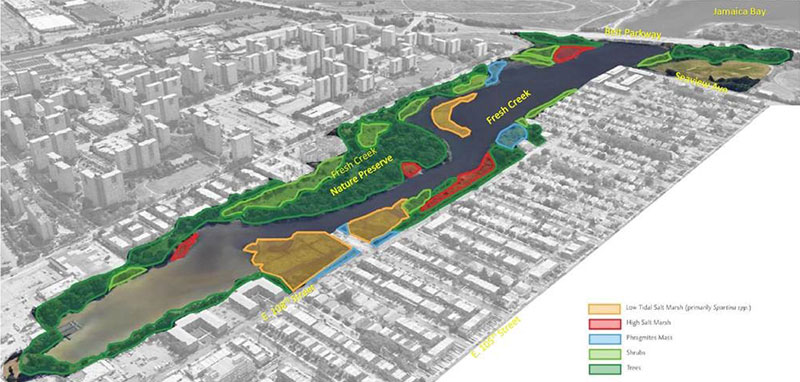
Transformative Dining in Pennsylvania
Imagine gazing out at the bucolic beauty of central Pennsylvania while you dine on a farm-to-fork meal exquisitely prepared with ingredients sustainably sourced from the land outside the window. Now imagine knowing that the meal you are eating is helping to regenerate that very landscape. When it opens later this summer in State College, Pennsylvania, RE Farm Café at Windswept Farm will be more than a farm and restaurant. It will be a community resource that not only offers a unique and healthy dining experience but serves as a regenerative model for both agriculture and the food service industry. The Cafe’s owners, who owned popular State College dining spots the Rathskeller and Spat’s Cafe, are using innovative agroforesty and agricultural practices to cultivate the land surrounding the restaurant, and transitioning it to become certified organic. In addition to growing, raising, and cooking their food sustainably, RE Farm Café will, literally, embody sustainability. Striving to achieve the rigorous standards of the Living Building Challenge, the building will generate more energy and clean water than it uses. It will also offer educational opportunities for university students, farmers, children, and visitors. We were honored to help the café owners assess and address water use and waste. With palatable benefits like that, it’s tempting to say, “who needs dessert?” But we predict that few will be able resist RE Farm’s delicious offerings!
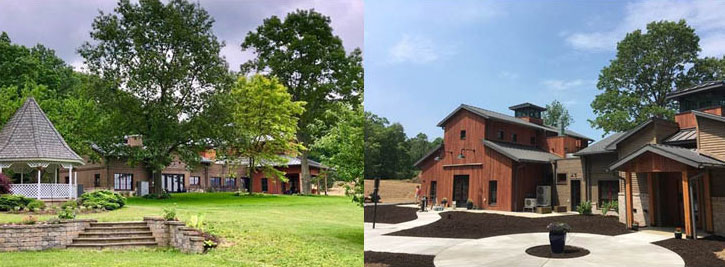
Oak and Prairie Habitat a Priority in Portland Region
Oregon white oak (Quercus garryana) and prairie ecosystems harbor high biodiversity and are among the most iconic and culturally important landscapes of the Willamette Valley. Sadly, thanks to land use conversions and vegetation changes due to fire suppression, they are also imperiled. Since 2012, a coalition of agency, tribal, nonprofit, and community partners known as the Intertwine Alliance Oak Prairie Working Group (OPWG) has been working to conserve Oregon white oak habitat through improved mapping, restoration, stewardship, and education. We are thrilled to be working with the OPWG to conduct a spatial prioritization of oak and prairie conservation opportunities. After reviewing existing data and combining them into a single data set, we will examine previous studies and habitat prioritizations, and identify key variables that define quality oak and prairie habitat. Then using extensive and detailed oak mapping data provided by OPWG, quality patches of oak and prairie will be lumped into polygons and prioritized for conservation based on factors like size and relationship to other priority polygons. Working closely with the OPWG and applying a predictive connectivity analysis for the study area, we will produce a coherent base map to identify areas of opportunities, core areas, corridors, critical gaps, as well as barriers to connectivity. We will also determine where the OPWG is lacking important habitat data and present solutions for filling those gaps. The base map will serve as a powerful tool to guide the conservation, restoration, and connection of high value oak and prairie ecosystems in the greater Portland region.
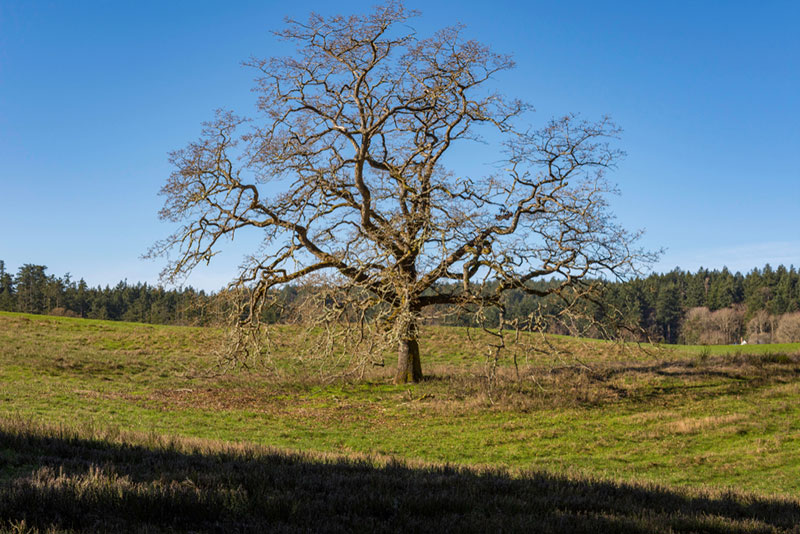
Places
Yesterday, senior engineer Ryan Masé joined Skip Backus of the Omega Center for Sustainable Living in presenting a compelling talk about how and why to pursue net positive water on college and campuses at the Net Positive Symposium at the R.W. Kern Center at Hampshire College. The symposium is THE PLACE to network and learn with others dedicated to creating not just vibrant, but truly living campuses.
Today marks the beginning of the Design With Nature Now, a two-day conference celebrating the 50th anniversary of Ian McHarg’s seminal book Design with Nature and highlighting dynamic and visionary approaches to landscape design and development in the face of climate change and urbanization. The conference coincides with the opening of the Ian L. McHarg Center for Urbanism and Ecology and three exhibitions funded by the Pew Center for Arts and Heritage. We are honored to be a sponsor of the conference and hope you’ll join us in attending this extraordinary event!
Join representatives from Biohabitats and McCormick Taylor for a free Green Infrastructure on School Grounds Webinar on June 25, 2019 at 2:00 PM EDT. Green infrastructure on school grounds is a great way to capture and treat stormwater runoff while educating the community on water quality initiatives. This webinar will focus on the planning, design, and installation of green infrastructure practices at several South Carolina schools as well as funding options. Join as they discuss the details of the case studies, how partnerships helped them achieve their goals, and the learning opportunities revealed during the projects. Hosted by Richland County Stormwater Management – 1 PDH offered. Click here to register. Questions can be directed to Chenille Williams at williams.chenille@richlandcountysc.gov.
City Parks Alliance’s Greater and Greener Conference is the place to be if you’re in Denver, Colorado from July 20th to the 24th. Have a hankering to learn about international urban parks? Join Biohabitats Landscape Architect Andi Rutherford on the scene!
If, like us, you’re dying to hear about the “Fate of Grant Funded Green Stormwater Infrastructure: Lessons Learned and Ideas for the Future” head to Minneapolis, Minnesota August 4th to 7th for Biohabitats Landscape Architect Jim Cooper’s presentation on the topic at ASCE-EWRI’s Operation & Maintenance of Stormwater Control Measure’s Conference. Biohabitats Water Resource Engineer Carmen Franks will also be there.
How do you bridge communities and ecosystems? Find out in Louisville, Kentucky August 11th to 16th at the Ecological Society of America’s Annual Meeting, where Biohabitats Environmental Engineer Suzanne Hoehne will discuss Acacia Reservation in a presentation entitled, “Bringing the ecology back: Transformation of a landscape from a one-hundred-year-old golf course into a nature preservation.”
Vacationing in Ocean City, Maryland this August and interested in learning about water quality? Swing by the Chesapeake Water Environment Association’s TriCon the 27th to the 30th! Look for Biohabitats Senior Environmental Scientist Rebecca Winer-Skonovd, and don’t miss Water Resources Engineer Meghan Gloyd’s presentation on “Incorporating Stream Restoration Techniques in Stormwater Management.”
Make the trip to San Diego, California September 8th to the 11th to learn all about reusing water at the WateReuse Symposium. Biohabitats Senior Ecologist and Southwest Basin & Range Bioregion Team Leader Rob von Rohr will be joining the fun!
Biohabitats Senior Scientist and Great Lakes Bioregion Team Leader Tom Denbow will be in Cleveland, Ohio September 11th and 12th for the US EPA’s Great Lakes Areas of Concern Conference. This conference is a great opportunity to network with clients and public agencies about the status of restoration throughout the Great Lakes.
If you’re interested in learning about the past, present, and future preservation of Colorado’s open spaces, join Biohabitats’ Southern Rocky Mountain Bioregion in Steamboat Springs, Colorado September 16th to the 18th for the Colorado Open Space Alliance’s 2019 Conference.
Join Biohabitats Senior Engineer Erin English and other water leaders in Austin, Texas September 18th to the 20th for the US Water Alliances’ One Water Summit 2019, and learn sustainable, integrated, and inclusive approaches to managing water.
On October 18-20 in San Rafael, California, Bioneers —a nonprofit committed to connecting people with each other and with ideas that could positively transform the world—will hold its 30th conference, “Seeding the Field: Growing Transformative Solutions.“ We plan to be there to learn more about the transformative solutions and trail-blazing pathways that this growing community has so brilliantly developed. Care to join us? If so, enter the code BIOHABITATS when you register to receive a 15% discount. We are pleased to share this exciting offer for Leaf Litter readers, and hope to see you there!
People
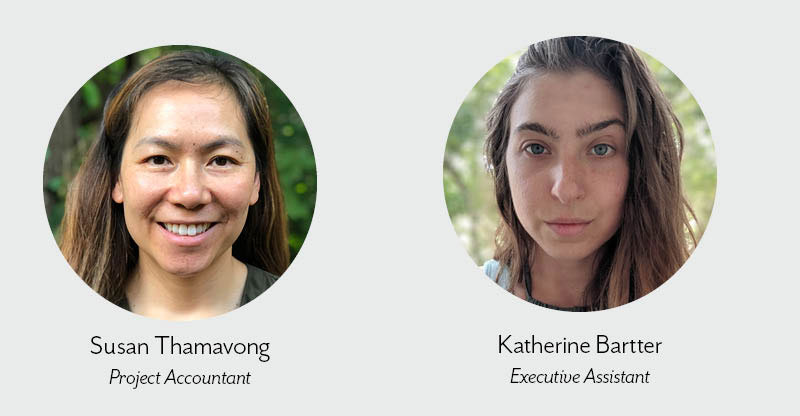
Meet Our Newest Team Members
Susan Thamavong joined Biohabitats in late March after an extensive career in accounting and project management within construction and development companies located in Maryland and surrounding areas. Before Maryland, Susan grew up with her family in Philadelphia, where she learned to value a balance between tenacity and reflection as a pathway to fulfillment and success. Susan is a mom, a volunteer, and a life-long student. Even after completing a Master’s in Business Management while juggling a family and a full-time career, she has continued to seek new opportunities to advance her skill set and personal knowledge. Drawn to an ever-evolving environment characterized by an interdisciplinary field, Susan’s desire to learn landed her at Biohabitats.
Always traveling to experience new cultures, Susan found solace and reassurance in the natural landscapes of South Korea, Laos, and the Sonoma Coast, where Aldo Leopold’s “A Sand County Almanac” continued to impress upon her the message of thinking like a mountain—to endure and examine place as though the land were within you. Exemplified by her dedication to vegan principles and advocacy in Araminta Freedom—a nonprofit organization bringing aid and a voice to survivors of the child trafficking industry—Susan embodies the belief that humans have a responsibility as members of community and as citizens to place to function as support to an ecosystem. Her time at Biohabitats has allowed her to extend this underlying motivation and cherish working with colleagues who share her passion and respect for one another and for the earth as teacher.
Katherine Bartter joined the Biohabitats’ Southeast Bioregion on April Fool’s Day after bouncing around the West Coast, writing copy for tech start-ups and teaching Homer to high school students. Before she climbed deep into fire-hollowed Sequoia, Katherine spent her childhood clambering up aspens, oaks, and pines in Tennessee Appalachia. Eventually, she found herself trekking through Bald Cypress knees in the Carolinas while studying aesthetics and poetry at the College of Charleston.
Invested in people’s relationship to place, Katherine has returned to her old alligator stomping ground from the High Sierra to investigate the shape of the Lowcountry and the creatures within it. Between popping out calendar invites and bad jokes in meeting agendas, Katherine researches, documents, and composes art objects based on the behavior and languages within an environment, examining a space ad infinitum through the Marianne Moore duality “decorum and the wild.” In her spare time, Katherine rears a horde of felines, pepper plants, and rabbit-foot ferns.
Don’t Stop Achievin’
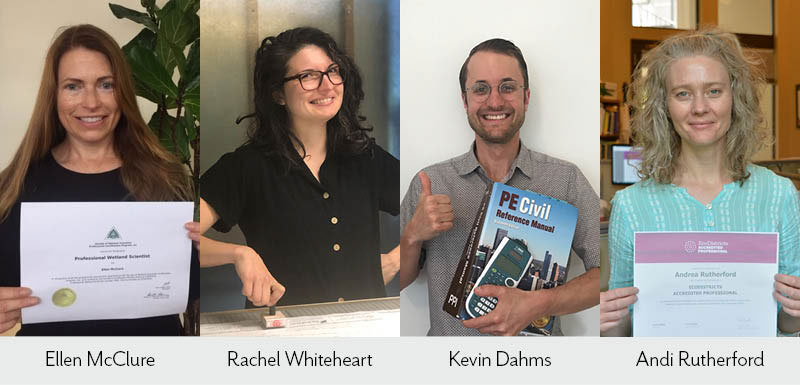
In addition to being a senior geomorphologist, Certified Senior Ecologist, and the leader of our Cascadia Bioregion office, Ellen McClure is now a Professional Wetland Scientist. Congratulations, Ellen! Kudos to water resources engineers Rachel Whiteheart and Kevin Dahms for passing their PE exams and becoming certified Professional Engineers in Maryland and Connecticut, respectively. Landscape architect Andi Rutherford is now an EcoDistricts Accredited Professional, the only credential demonstrating a commitment to creating sustainable, equitable neighborhoods that meet the EcoDistricts Certified standard. Way to go, Andi!
Golden Acorn
Every quarter, Biohabitats awards one staff member with the Golden Acorn, an award recognizing an employee who embodies the Biohabitats mission to “Restore the Earth and Inspire Ecological Stewardship.” The gold color symbolizes purity of purpose in protecting and defending nature, and the acorn symbolizes strength of resolve. Nominees are submitted by the staff. Our most recent Golden Acorn winner was Erin English. Recipients of the Golden Acorn get to direct a monetary donation to the non-profit organization of their choice. Erin directed her donation to the Española Healing Foods Oasis, a program operated by the organization Tewa Women United. Based in Española, New Mexico, Tewa Women United supports women from the Pueblos of the northern Rio Grande concerned with the traumatic effects of colonization, religious inquisition, and militarization. The mission of the Española Healing Foods Oasis program is to “to end all forms of violence against women, girls, and our Mother Earth” and to facilitate their communities’ reconnection to the plants, water, air, and all the elements.

